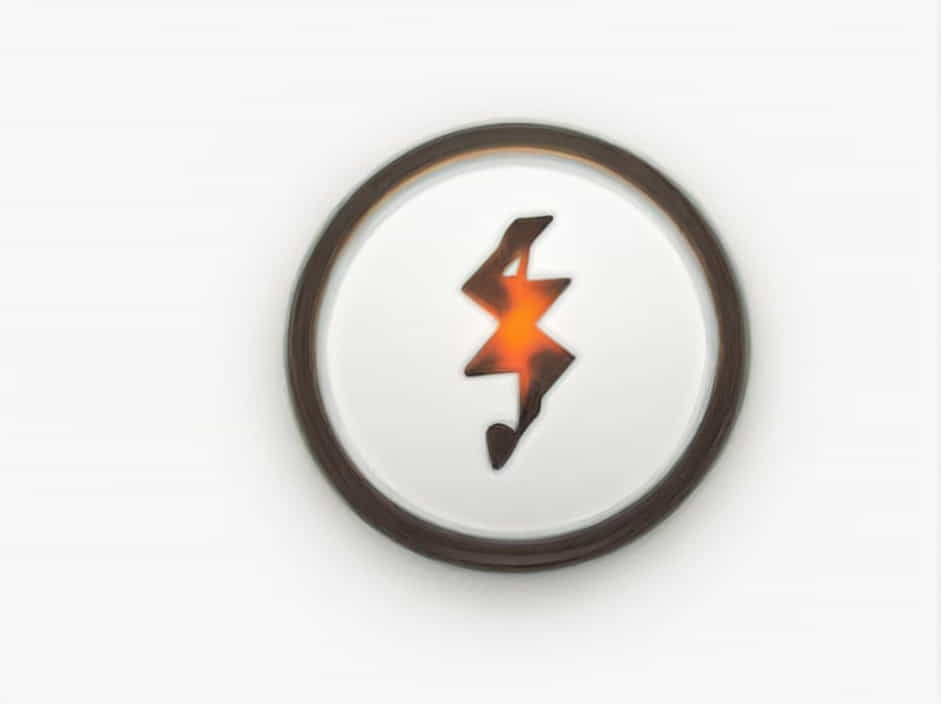When substances dissolve in water, they may or may not conduct electricity. Some compounds, known as electrolytes, dissociate into ions and enable electric current to flow. However, other substances do not produce free ions in solution and are classified as non-electrolytes or nonconductors of electricity.
Understanding why certain substances fail to conduct electricity in solution is important in chemistry, biology, and industrial applications. This topic explores nonconductors of electricity in solution, their characteristics, examples, and real-world implications.
What Are Nonconductors of Electricity in Solution?
Definition of Nonconductors
A nonconductor of electricity in solution refers to a substance that, when dissolved in a solvent (usually water), does not allow electric current to pass through. This happens because the dissolved substance does not break apart into charged ptopics, or ions, which are necessary for electrical conduction.
Non-Electrolytes vs. Electrolytes
To better understand nonconductors, it’s essential to distinguish between electrolytes and non-electrolytes:
-
Electrolytes: Substances that dissociate into ions when dissolved in water, enabling conductivity. Examples include sodium chloride (NaCl) and potassium hydroxide (KOH).
-
Non-Electrolytes: Substances that dissolve without forming ions, meaning no electrical conductivity occurs. Examples include sugar (C₁₂H₂₂O₁₁) and ethanol (C₂H₅OH).
Why Do Some Substances Not Conduct Electricity in Solution?
Several factors determine whether a substance will conduct electricity when dissolved in water:
1. Molecular vs. Ionic Compounds
-
Ionic compounds, like sodium chloride (NaCl), dissolve by splitting into positive and negative ions. These free ions move in solution, carrying electrical charge.
-
Molecular (covalent) compounds, such as glucose (C₆H₁₂O₆) or methanol (CH₃OH), do not dissociate into ions. They dissolve as neutral molecules, preventing electrical conductivity.
2. Polarity and Solubility
Some substances are highly soluble in water but still do not conduct electricity because their molecules do not break apart into charged ptopics. For example:
-
Glucose and sucrose dissolve well in water due to their polar functional groups but remain as intact molecules.
-
Oxygen (O₂) and nitrogen (N₂) gases dissolve in water but do not ionize, making them nonconductive.
3. Lack of Ionization
A substance needs mobile charged ptopics to conduct electricity. Even if a compound dissolves completely, if it does not produce positive (cations) and negative (anions) ions, the solution remains a nonconductor.
Examples of Nonconductors in Solution
Several common compounds do not conduct electricity when dissolved in water. These include:
1. Sugar (Sucrose – C₁₂H₂₂O₁₁)
Sucrose dissolves easily in water but does not ionize. Instead, it remains as intact sugar molecules, preventing electrical conduction.
2. Ethanol (C₂H₅OH)
Ethanol is soluble in water due to its hydroxyl (-OH) group but does not produce ions. This makes it a non-electrolyte and a poor conductor of electricity.
3. Urea (CH₄N₂O)
Urea is commonly used as a fertilizer and dissolves well in water, but since it does not ionize, it does not support electrical conductivity.
4. Distilled Water (H₂O)
Pure, distilled water contains very few free ions, making it a poor conductor. Only when it contains dissolved ions (like salts) does it become conductive.
How to Test if a Solution Conducts Electricity
You can determine whether a solution is a conductor or nonconductor using a simple electrical conductivity test:
Materials Needed:
-
A beaker of distilled water
-
A light bulb circuit or conductivity meter
-
Different substances to test (salt, sugar, alcohol, etc.)
Procedure:
-
Add the substance to the water and stir until dissolved.
-
Place the electrodes of the circuit into the solution.
-
Observe the light bulb:
-
Bright light = strong electrolyte (high conductivity)
-
Dim light = weak electrolyte (partial conductivity)
-
No light = non-electrolyte (no conductivity)
-
When testing substances like sugar or ethanol, the bulb will not light up, confirming their status as nonconductors.
Applications of Nonconducting Solutions
1. Pharmaceuticals and Medicine
Non-electrolytes are essential in drug formulation, as they help create solutions that do not interfere with electrical processes in the body.
2. Battery and Electronics
Battery fluids and electronic cooling systems often require nonconductive solutions to prevent short circuits.
3. Industrial Processes
Nonconductive solutions are used in solvent extraction, cleaning, and coatings, where electrical interference must be avoided.
4. Food and Beverages
Sugar and alcohol solutions are crucial in food and beverage industries, where electrical properties do not affect processing.
Can a Nonconductor Become a Conductor?
Although non-electrolytes do not conduct electricity, they can be transformed into conductors under certain conditions:
1. Adding an Electrolyte
If an ion-producing substance, like table salt (NaCl), is added to sugar water, the solution becomes conductive due to free-moving ions.
2. Changing the Solvent
Some substances that are non-electrolytes in water may ionize in different solvents. For example, pure ethanol is a nonconductor, but in a strong acid, it can form charged species that conduct electricity.
3. Applying High Voltage
Some non-electrolytes can become conductive under extreme electrical fields, a phenomenon studied in advanced materials science.
A nonconductor of electricity in solution is a substance that dissolves in a liquid (usually water) without producing free ions, preventing electrical conductivity. These substances, known as non-electrolytes, include sugar, ethanol, urea, and distilled water.
Nonconductive solutions play an essential role in medicine, industry, and everyday life. While they cannot conduct electricity under normal conditions, changes in solvent, external voltage, or electrolyte addition can sometimes alter their conductivity.
Understanding the properties of non-electrolytes helps in fields ranging from chemical engineering to electronics, ensuring the correct use of materials in various applications.
